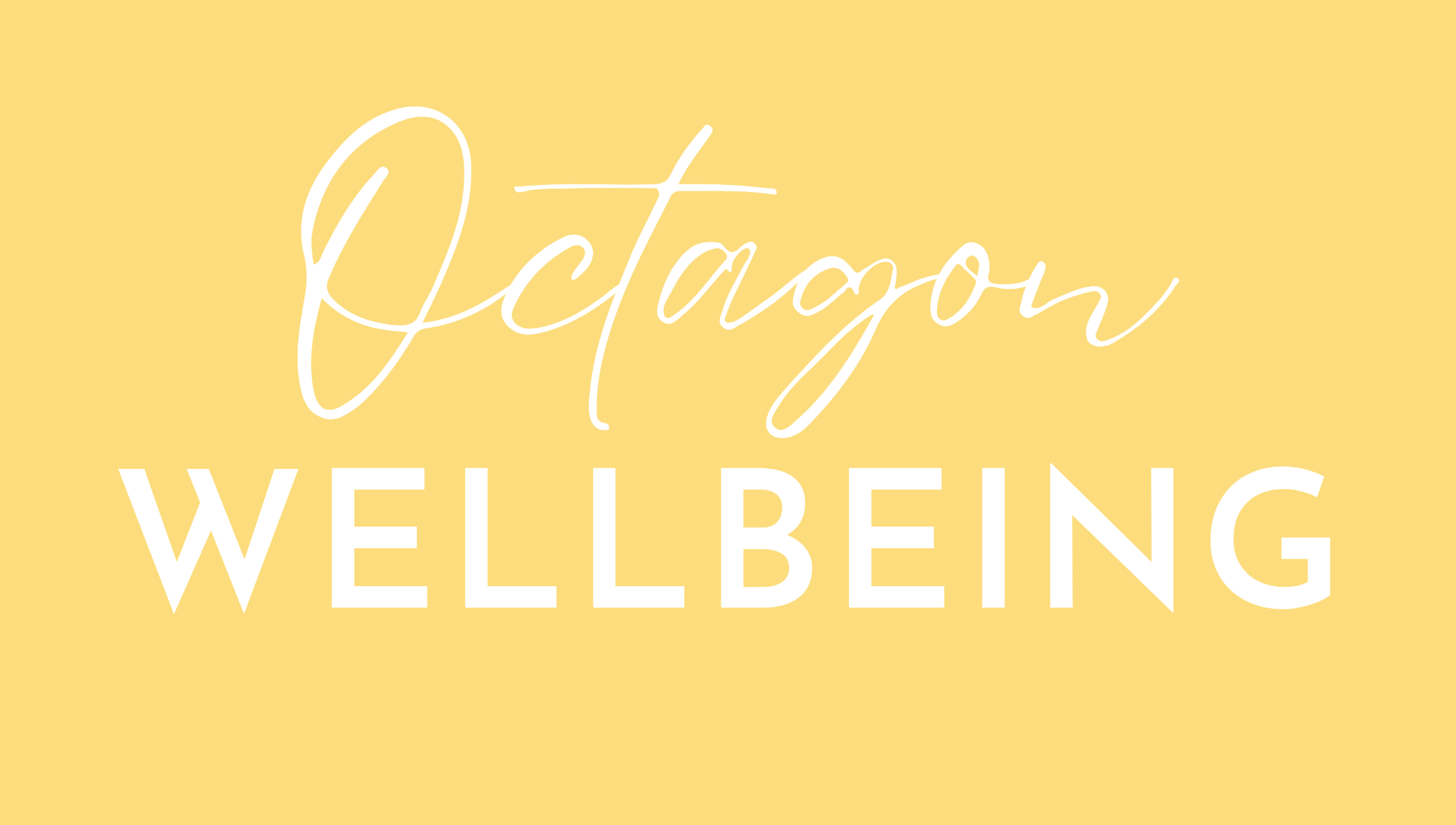Reducing your anxiety by spotting black and white thinking
Posted on

Do you find yourself thinking in extremes? Are you often stuck in an “all or nothing” mindset? If so, you could be engaging in what is known as black and white thinking. Black and white thinking is a thinking error (or cognitive distortion) that can lead to anxiety and mental health struggles if left unchecked.
What is black and white thinking?
Black and white thinking involves seeing everything in extreme terms of either good or bad, right or wrong, success or failure with no middle ground. This kind of thinking can be harmful to our mental health and wellbeing because it often leads to stress, anxiety, and even depression.
People who engage in black and white thinking tend to view situations in absolutes, without considering the nuances or complexities involved. This kind of thinking pattern can also lead to negative self-talk, where people may label themselves as either a success or a failure. For example, someone who engages in black and white thinking may say, "If I didn't get a promotion, then I'm a failure" instead of recognizing that there could be multiple reasons why they didn't get the promotion and that it does not define their worth as a person.
Black and white thinking can also cause us to focus only on the negatives in a situation, rather than seeing the positive aspects. For example “if I don’t get the top grade for this test I’m a failure” rather than recognising any level of pass as a success.
Furthermore, this type of thinking can also cause us to have negative thoughts about ourselves and others. For instance, if we believe that someone has done something wrong, we may see them as completely bad and irredeemable, rather than recognizing that everyone makes mistakes. Overall, black and white thinking can limit our ability to see the world in it’s complex reality of shades of grey and can cause unnecessary stress and anxiety.
How to overcome black and white thinking
Now that you understand the negative impact of black and white thinking, let's look at some practical steps to stop it.
1. Challenge your thoughts: The first step to breaking this thinking pattern is to become aware of it. Whenever you catch yourself thinking in absolutes, challenge those thoughts. Ask yourself, "Is this really true?" or "Are there other ways of looking at this? What are some of the other possibilities?”
2. Look for the grey areas: Recognise that most situations are not completely black or white. There are often shades of grey. Start looking for those grey areas and try to find some middle ground.
3. Practice mindfulness: Mindfulness is the practice of being present and aware of your thoughts and feelings without judgment. By practicing mindfulness, you can learn to observe your thoughts and let them pass by without getting caught up in the negatives and potentially spiralling off into a negative thought cycle which may be irrational.
4. Reflect: Reflect on times when you may have had black and white thinking, hindsight is a great wayto begin building self-awareness about potential triggering situations, your reactions and how you could have thought about them differently. You can carry this knowledge with you to future situations.
5. Take small steps: Breaking a thinking pattern is not easy, so take small steps. Instead of trying to change your thinking all at once, focus on one area of your life where you tend to think in absolutes. Start challenging those thoughts and looking for the grey areas.
6. Seek professional help: If you find that you are struggling to break this thinking pattern on your own, consider seeking support.

